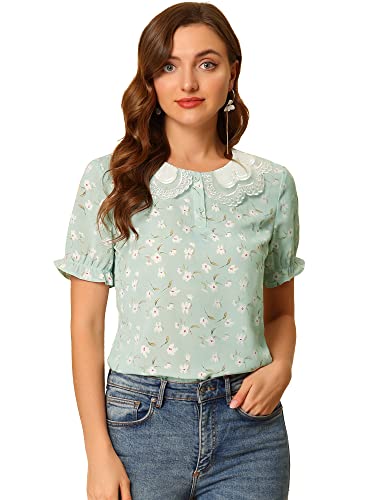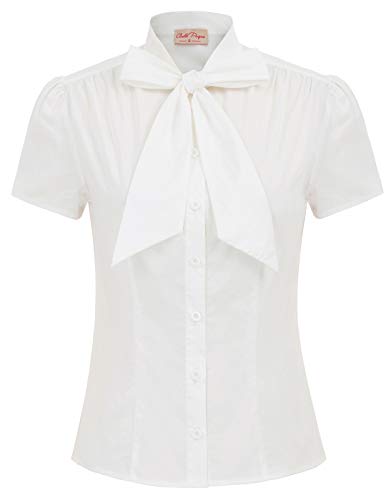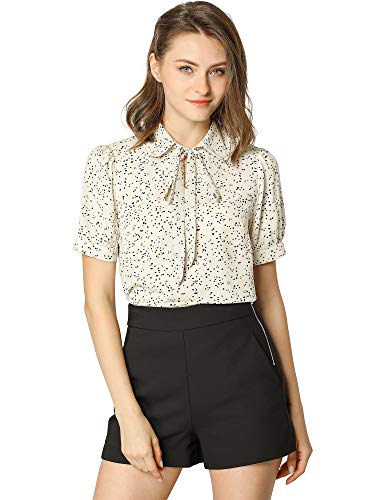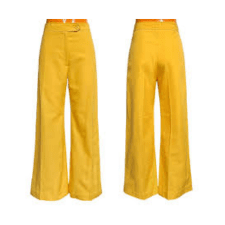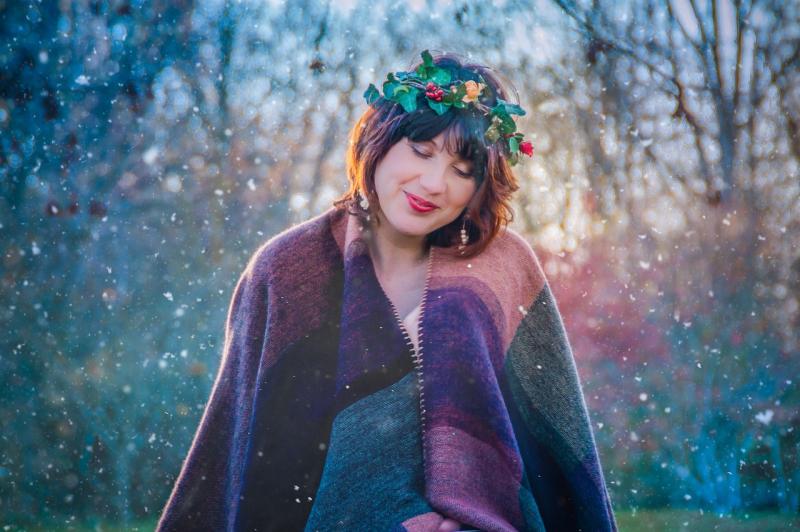What Should I Look for When Buying Vintage Clothes?
Buying vintage clothing is like stepping into a time capsule of fashion history. Each piece holds its own charm, story, and craftsmanship—but not all vintage finds are created equal. Whether you’re a seasoned thrifter or a first-time vintage shopper, knowing what to look for can help you find pieces that are both stylish and worth your investment. Here’s a comprehensive guide to buying vintage clothing the smart way.
1. Check the Condition Carefully
Vintage clothes are pre-loved, so natural wear is expected—but there’s a difference between charming patina and unwearable damage. Look out for:
-
Stains and discoloration (especially underarms, collars, and hems)
-
Fabric thinning or tears, particularly on seams or stress points
-
Missing buttons, broken zippers, or faulty fasteners
-
Odors – a strong musty smell can be hard to remove
2. Inspect the Fabric Quality
Older clothing often used higher-quality fabrics like silk, wool, cotton, and linen. Touch the garment to feel if it still holds strength and texture.
-
Avoid anything that feels dry-rotted or brittle.
-
Test stretch (gently!) on seams to ensure it won’t rip with wear.
-
Natural fibers age better than synthetics like polyester or acetate.
3. Look at the Labels
Labels can tell you a lot about the age and authenticity of a piece:
-
“Union Made” or ILGWU tags often indicate mid-20th-century American garments.
-
Made in USA, Canada, or Western Europe tags suggest higher craftsmanship.
-
No size label or a size that seems unusually small? That’s normal—sizing has changed dramatically over the decades.
-
Do a quick online search of the brand or label if you’re unsure about its history.
4. Know Your Measurements
Vintage sizes are not the same as modern ones. A “size 10” in 1960 could be closer to a 4 or 6 today. Instead of relying on size tags:
-
Bring a measuring tape with you.
-
Know your bust, waist, hip, inseam, and shoulder measurements.
-
Compare these to the garment's actual measurements for a better fit.
5. Consider the Era & Style
Different decades had distinct silhouettes and details:
-
1950s: Full skirts, cinched waists, feminine tailoring
-
1960s: Mod dresses, mini skirts, bold prints
-
1970s: Bell-bottoms, boho blouses, earthy tones
-
1980s: Oversized blazers, shoulder pads, bright colors
-
1990s: Grunge, denim, minimalist shapes
Choose pieces that not only reflect the era but also suit your body type and style preferences.
6. Check for Alterations or DIY Fixes
Previous owners may have modified vintage garments. Look for signs like:
-
Uneven hems or sleeves
-
Non-original buttons
-
Visible hand-stitching
-
Fabric mismatches
These can affect the garment’s value, authenticity, and fit—but they’re not always deal-breakers if you love the piece.
7. Evaluate Price vs. Rarity
Some vintage clothes can be incredibly affordable, while rare or designer items may carry high price tags. Factors that justify a higher price include:
-
Designer label or couture piece
-
Uncommon sizes in pristine condition
-
Hard-to-find prints or patterns
-
Provenance (if it belonged to someone notable)
Don’t be afraid to negotiate at markets or vintage fairs—many sellers are open to offers.
8. Think About Care Requirements
Vintage clothing may require special care:
-
Dry cleaning for delicate fabrics like silk, wool, or beaded garments
-
Hand-washing for older or fragile materials
-
Avoiding machine drying, which can damage vintage fibers
If you're not prepared for some extra maintenance, stick to sturdy everyday pieces.
9. Try It On (If Possible)
If you’re shopping in person, always try the garment on—even if the size seems off. Vintage cuts vary widely, and many clothes were custom-made or tailored for their original owners. What looks odd on the hanger might look amazing on you.
10. Buy What You Love
Don’t buy vintage just because it’s trending or rare—buy it because it speaks to you. Whether it's a classic trench coat, a quirky 90s graphic tee, or a Victorian blouse, the best vintage pieces are the ones that reflect your unique taste and make you feel confident.
Final Thoughts
Vintage shopping is part fashion, part treasure hunt. With a little knowledge and attention to detail, you can uncover amazing, long-lasting pieces that elevate your wardrobe and celebrate the style of the past. Remember—every vintage piece you wear keeps fashion history alive while reducing waste and promoting individuality.

